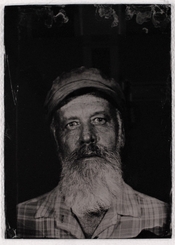Geeze that's a little bit over the top. In twenty years of using Profoto and 13 years of working with other pro photographers, I've never once seen or even heard of a flash tube exploding. Has anyone here using strobes ever seen a flash tube explode?
I explicetedly said that I see no reason for a flashtube to explode on its own. If being apt for the respective generator charge.
A different thing are bare halogen lamps!
I experienced a lamp exploding in a luminaire I held in hand. Fire and blood all around. My blood.




